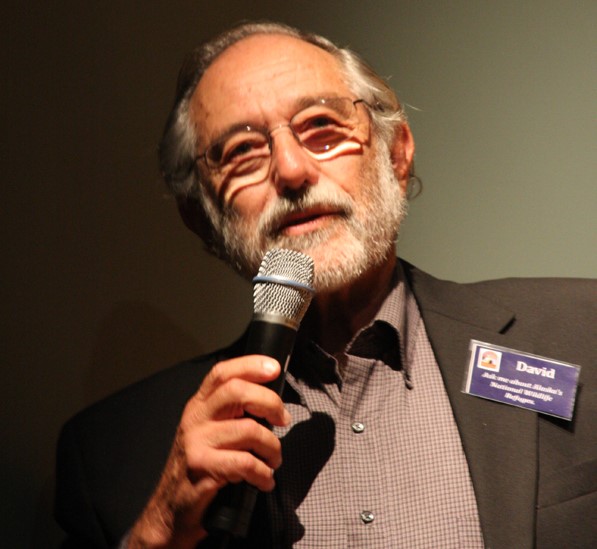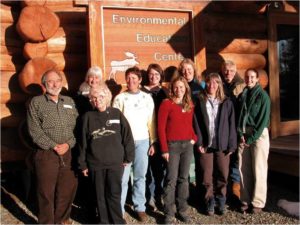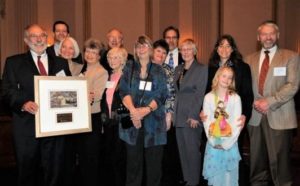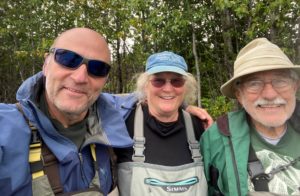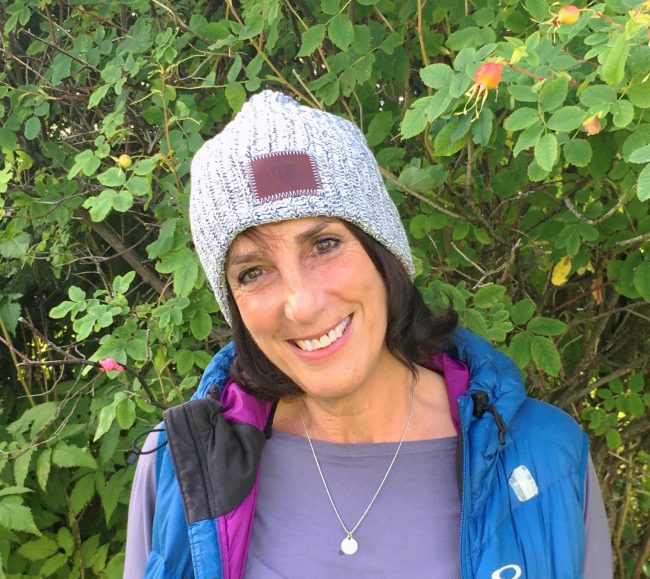By Mike Schantz, Chair of Finance Committee
Last year, Friends made its first large-scale appeal for fundraising, so we could step up our support for refuges during what we anticipated would be challenging times. We certainly didn’t expect anything this challenging with 37 Alaska refuge employees (out of 220) quitting under pressure, a hiring freeze in its 10th month making it impossible to replace anyone leaving resulting in 106 vacant positions, the longest shutdown in history pausing refuge management for 5 weeks this fall, and the threat of a Reduction in Force eliminating more positions. Staffing levels were already at a bare minimum before any of this happened. Some Alaska Refuges have only 2 or 3 full-time staff managing mult-million acre refuges.
Last year’s budget was down about 5 % and draft budgets for this year are all over the map but will probably be another 5% decline on top of the 20% decline since 2010. Senator Murkowski has been able to restore to the Senate’s version most funds cut in the administration’s budget but the final product is yet to be seen.
Public lands require a certain level of staffing to be sustainable. The refuge’s professional workforce monitors bird, wildlife and fish populations and provides educational and recreational opportunities to the public. Active management of these lands is critical to maintaining these refuges as homes for wildlife allowing for amazing wildlife viewing,, subsistence for rural residents, and sport hunting and fishing. Active management is especially critical in this era of increased pressure on refuge resources.
This is where Friends has to step up. Last year, due to the generous support of our members, we were able to fund a historic number of projects for $37,000. Friends supported Brandt and eelgrass monitoring at Izembek, a visitor center volunteer at Alaska Peninsula, a biological intern on the Arctic refuge, a charter boat to retrieve geolocators on storm petrels for the Alaska Maritime, publishing costs for a book on local history for Selawik, a science/culture camp at Innoko, field trip school bus reimbursements at both Kenai and Alaska Maritime, the Migratory Bird Calendar contest and local events such as the Christmas bird count at Alaska Peninsula. However, small staffs and uncertain budgets made it difficult for the refuges to preplan projects.
Given this new reality we would like to develop a Rapid Response Fund for opportunities that come up quickly due to the uncertainties of funding and staffing. Also, Friends would like to hire a part-time volunteer coordinator to handle the greater demand for volunteers. 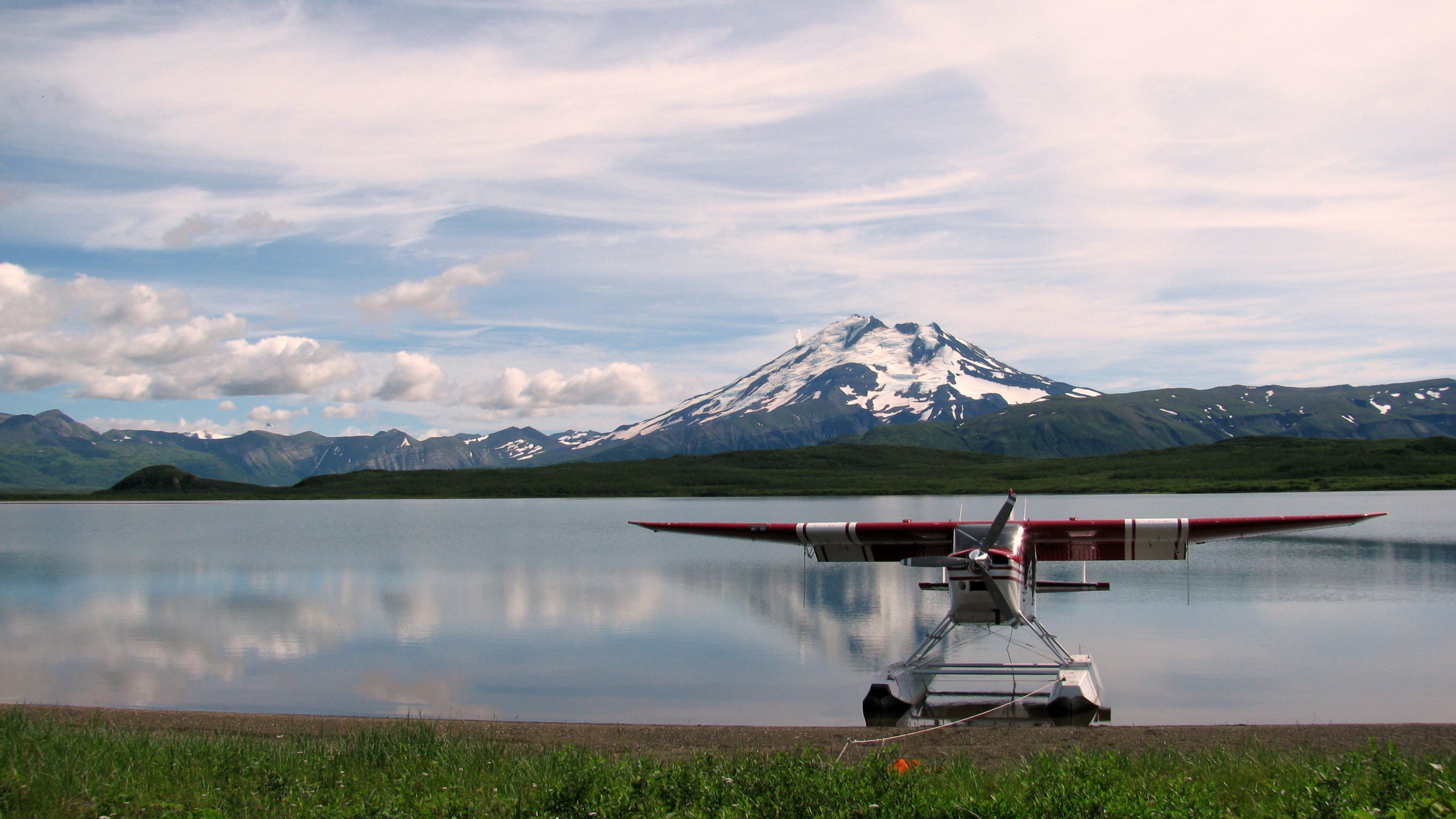
We expect more refuges to ask for assistance with travel to the refuge or to the field. It is not cheap doing business in Alaska when the only way to the jobsite is by floatplane. Mother Goose Lake on Alaska Peninsula National Wildlife Refuge. PC USFWS
Interested in year-end giving? Know that you will directly benefit the wildlife refuges. We are the only organization to directly support Alaska’s national wildlife refuges. Here are some ways to help.
Donating appreciated assets is a tax-smart way to give and support charitable organizations. By making a gift of stocks, bonds, or mutual funds you can avoid capital gains tax and, in most cases, receive a charitable deduction benefit on your taxes. We are set up to receive stocks and mutual funds.
Qualified Charitable Distribution (QCD): If you’re 70-1/2 or older you can make a tax free QCD donation directly from your IRA.
Required Minimum Distributions (RMDs): If you are 73 or older you are generally subject to RMDs from your tax- deferred IRAs. RMD’s are taxed as ordinary income but you could avoid some or all taxes by donating RMD funds to a qualified non-profit which we are. This is a win/win in that you avoid tax impacts as the donated portion does not count as income and Friends can utilize these gifts to accomplish our mission. Speak to your retirement fund manager as they must send your donation directly to Friends of Alaska National Wildlife Refuges, P.O. Box 2617, Homer, AK 99603.
Estate Planning: You can make a big impact by adding Friends in your estate plans. Don’t have an estate plan? Check out FreeWill, an online will-writing resource. It takes just 20 minutes to use and helps create your legal will and legacy gift at no immediate cost. With their secure online tool, you can designate a portion of your legacy to Friends of Alaska National Wildlife Refuges to support Alaska’s 16 wildlife refuges. Friends is working on establishing an endowment to insure our work into the future. If you’re interested in becoming a foundational part of this effort contact us.
Regular donations: You can help at any age! Cash donations can be made here. For stock donations, contact our finance committee. Although we much prefer funds that we can utilize wherever there is the greatest need on the 16 Alaska refuges, you have the option of donating to the designated funds we maintain for four refuges: Arctic, Alaska Maritime, Kenai or Kodiak.
It is always recommended that you consult your tax professional and/or financial advisor about a gifting strategy.
Volunteer your Financial Expertise: Know money? Know grant writing? We need you both to help us find money and to help us spend it well by creating and managing projects such as a scholarship fund.
Pressure on the refuges is only increasing while staffs are collapsing so Friends is committed to doing more – more projects, more staff support, more volunteering and more advocacy. Our 16 Alaska refuges comprise 85% of the refuge lands in the country and support iconic wildlife. This is a huge task and will require us to step up our efforts. Please help.
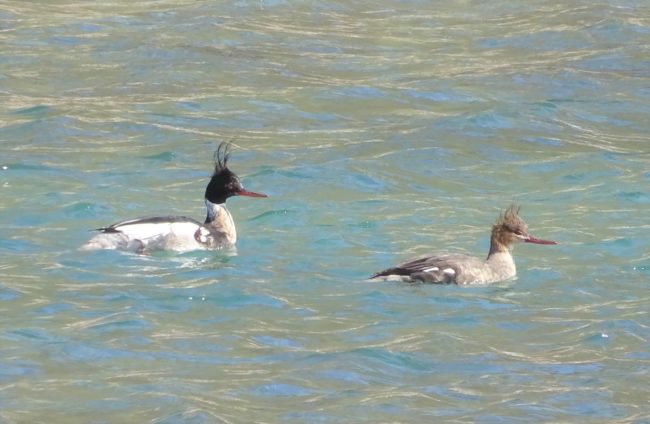
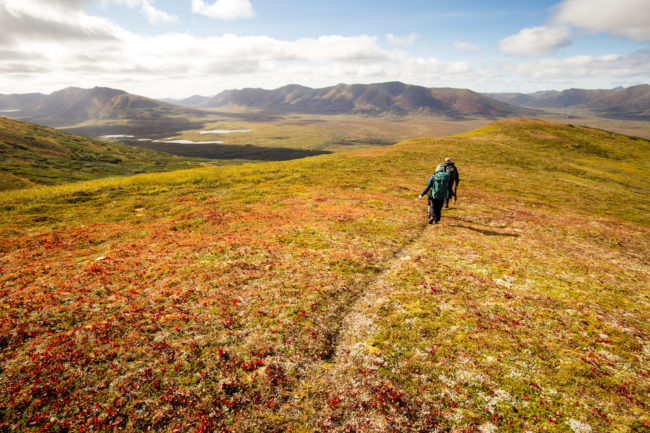


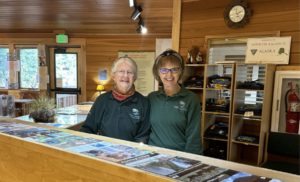
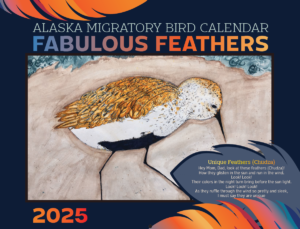

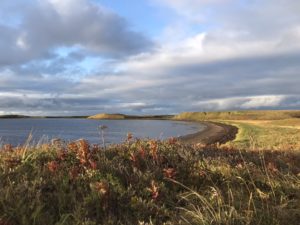 In November the Fish and Wildlife Service proposed a land exchange to accomodate a road through the wetlands and designated Wilderness of the Izembek National Wildlife Refuge. PC Cindy Mom, Seldovia Friends volunteer on Izembek Brant Project.
In November the Fish and Wildlife Service proposed a land exchange to accomodate a road through the wetlands and designated Wilderness of the Izembek National Wildlife Refuge. PC Cindy Mom, Seldovia Friends volunteer on Izembek Brant Project.
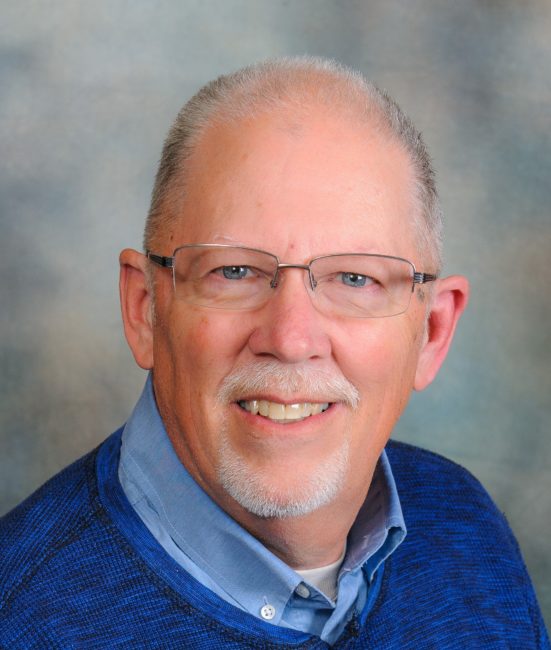

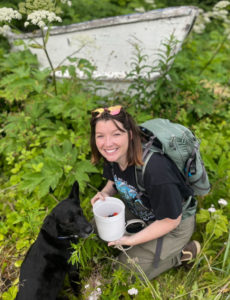
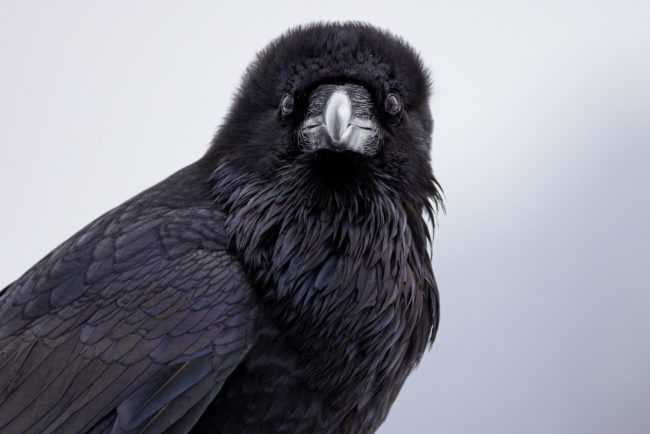
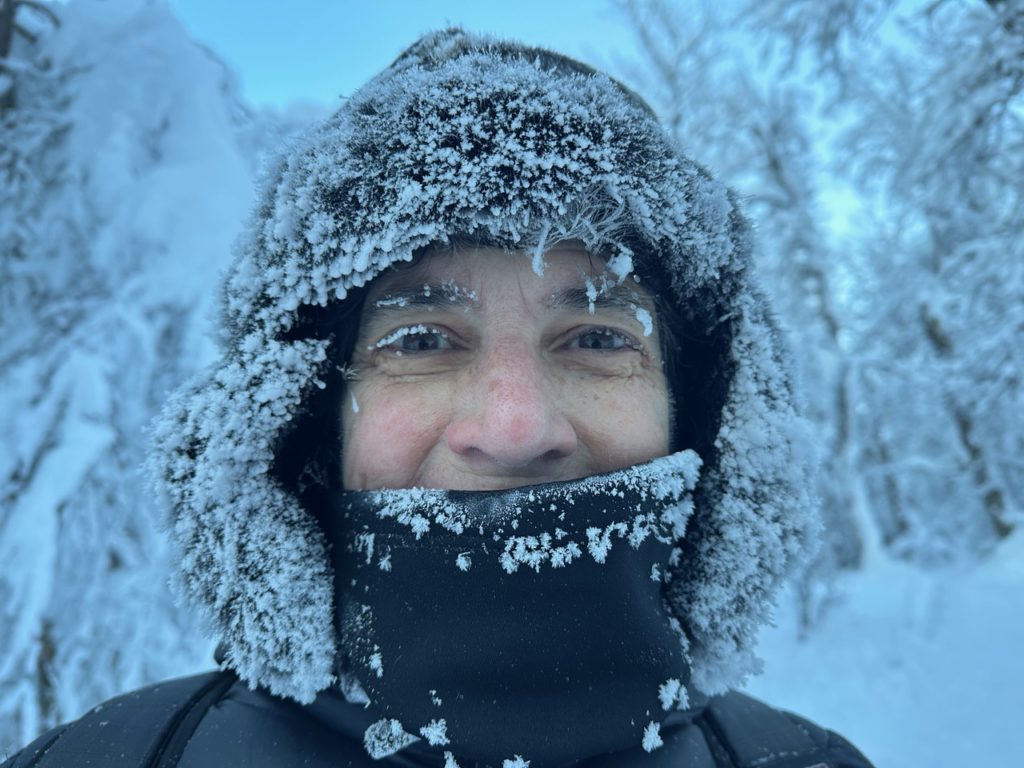

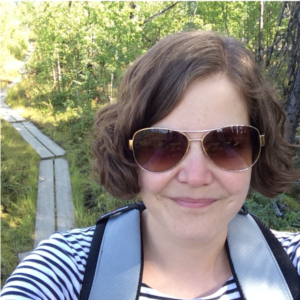 Caroline Brouwer was appointed to a new position of a second Vice-President which we amended our bylaws to include. Caroline has served on the Board since 2020 and has been involved in advocacy for the National Wildlife Refuge System since 2008, lobbying on behalf of funding increases for the Refuge System and policy changes. She spent 14 years working in Washington, DC on behalf of public lands advocacy and national wildlife refuges with Ducks Unlimited and the National Wildlife Refuge Association.
Caroline Brouwer was appointed to a new position of a second Vice-President which we amended our bylaws to include. Caroline has served on the Board since 2020 and has been involved in advocacy for the National Wildlife Refuge System since 2008, lobbying on behalf of funding increases for the Refuge System and policy changes. She spent 14 years working in Washington, DC on behalf of public lands advocacy and national wildlife refuges with Ducks Unlimited and the National Wildlife Refuge Association. 